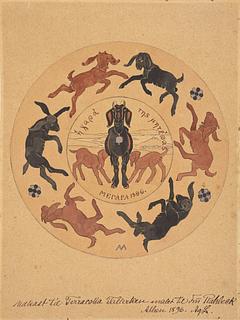Agnes Lunn (1850–1941)
Sketch for terracotta dish depicting goats, 1896
Pencil and watercolour on paper
27 x 20 cm
Inventory number B 207
In 1896, Agnes Lunn set out on a trip to Greece in the company of her friend and fellow artist Joakim Skovgaard (1856-1933). During the journey, which lasted some months, she produced several works, including this watercolour, the subject of which was intended to be transferred to a terracotta dish.
The circular image shows a black, long-eared goat and two suckling maroon kids in a coastal landscape. The broad rim alternately shows black and reddish-brown goat kids in motion. The inscription is in Greek, and it translates as ‘mother's joy’ or ‘in a mother’s joy’. The dish appears to have been intended as a gift to Mrs Rahbeck, who lived in Greece with her Danish husband and showed great hospitality to the Danish artists.1 The inscription also testifies to the watercolour being done in the small Greek town of Megara in 1896.
While in Greece, Agnes Lunn and Joakim Skovgaard met up with the latter’s younger brother, Niels Skovgaard, who had settled in Athens for a few years. It was not far from Megara, which Niels Skovgaard visited every Sunday to study the locals dancing in the town square. His letters report how difficult it was to work in a small town that was not used to seeing artists practising their art.2 Agnes Lunn had similar experiences. In a letter to her friend, the sculptor Anne Marie Carl-Nielsen, she mentions the difficulty of working undisturbed while also remarking on ‘... the big, lovely goats with the long, floppy ears...’.3 She may very well have been describing her idea for a dish design.
The David Collection contains several works from Agnes Lunn’s trip to Greece in 1896, including the oil painting The East porch of the Erechteion, the Acropolis of Athens (B 373). Whether this watercolour design was ever transferred to a dish remains unknown.
The circular image shows a black, long-eared goat and two suckling maroon kids in a coastal landscape. The broad rim alternately shows black and reddish-brown goat kids in motion. The inscription is in Greek, and it translates as ‘mother's joy’ or ‘in a mother’s joy’. The dish appears to have been intended as a gift to Mrs Rahbeck, who lived in Greece with her Danish husband and showed great hospitality to the Danish artists.1 The inscription also testifies to the watercolour being done in the small Greek town of Megara in 1896.
While in Greece, Agnes Lunn and Joakim Skovgaard met up with the latter’s younger brother, Niels Skovgaard, who had settled in Athens for a few years. It was not far from Megara, which Niels Skovgaard visited every Sunday to study the locals dancing in the town square. His letters report how difficult it was to work in a small town that was not used to seeing artists practising their art.2 Agnes Lunn had similar experiences. In a letter to her friend, the sculptor Anne Marie Carl-Nielsen, she mentions the difficulty of working undisturbed while also remarking on ‘... the big, lovely goats with the long, floppy ears...’.3 She may very well have been describing her idea for a dish design.
The David Collection contains several works from Agnes Lunn’s trip to Greece in 1896, including the oil painting The East porch of the Erechteion, the Acropolis of Athens (B 373). Whether this watercolour design was ever transferred to a dish remains unknown.
Published in
Published in
Niels Oxenvad: Agnes Lunn. Maleri og Skulptur, Carl Nielsen Museet, Odense 1992, cat no. 58, s. 11;
Niels Oxenvad in Kjeld von Folsach and Nana Lund (eds.): Dansk kunst i Davids Samling – fra Philipsen til Saxbo, Davids Samling, København 1995, cat.no. 40, pp. 110-111;
Niels Oxenvad in Kjeld von Folsach and Nana Lund (eds.): Dansk kunst i Davids Samling – fra Philipsen til Saxbo, Davids Samling, København 1995, cat.no. 40, pp. 110-111;
Footnotes
Footnotes
1.
Letter of 20 March 1896, the Carl Nielsen Archive at The Royal Danish Library. See Anne Christensen: Carl Nielsen-parrets kunstsamling, Odense 2015, p. 116.
2.
Anne-Mette Villumsen: ‘Fuldkommenhedstrang. Niels Skovgaard og Grækenland’ in Anne-Mette Villumsen, Teresa Nielsen (eds.): Niels Skovgaard. Maler, Billedhugger, Keramiker, Illustrator, Skovgaard Museet, Fuglsang Kunstmuseum, Vejen Art Museum, Vejen 2018, p. 101.
3.
Niels Oxenvad in Kjeld von Folsach and Nana Lund (eds.): Dansk kunst i Davids Samling – fra Philipsen til Saxbo, København 1995, p. 110.
Paintings and drawings
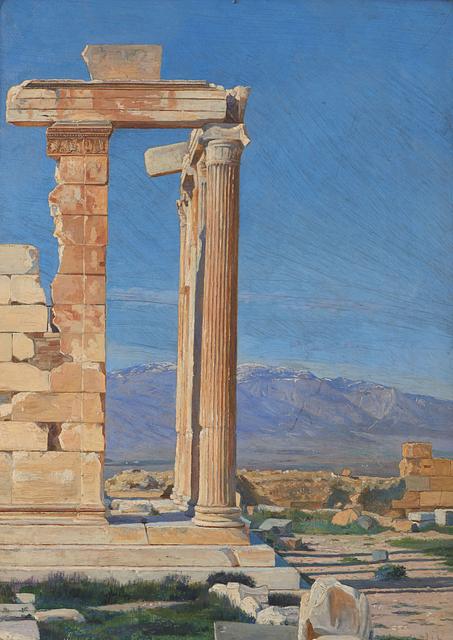
Agnes Lunn (1850–1941)
The East porch of the Erechteion, the Acropolis of Athens, 1896
Oil on cardboard
The East porch of the Erechteion, the Acropolis of Athens, 1896
Oil on cardboard
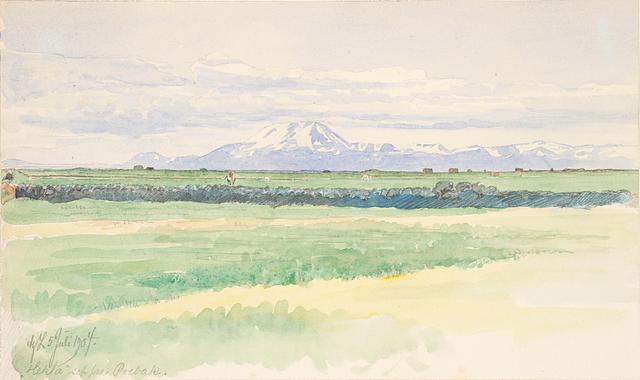
Agnes Lunn (1841–1950)
Hekla seen from Ørebak, Iceland, 1904
Watercolour on paper
Hekla seen from Ørebak, Iceland, 1904
Watercolour on paper
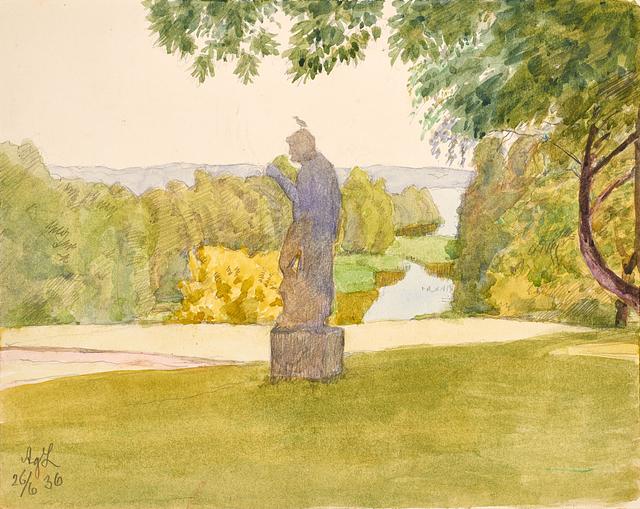
Agnes Lunn (1850–1941)
View from Marienborg’s Garden Gate, 1936
Watercolour and pencil on paper
View from Marienborg’s Garden Gate, 1936
Watercolour and pencil on paper
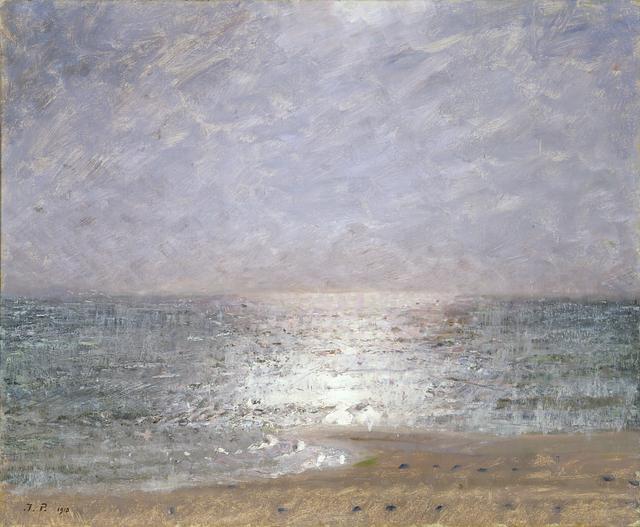
Julius Paulsen (1860–1940)
Seascape, 1910
Oil on canvas
Seascape, 1910
Oil on canvas
